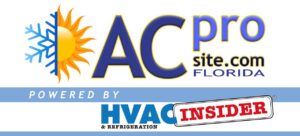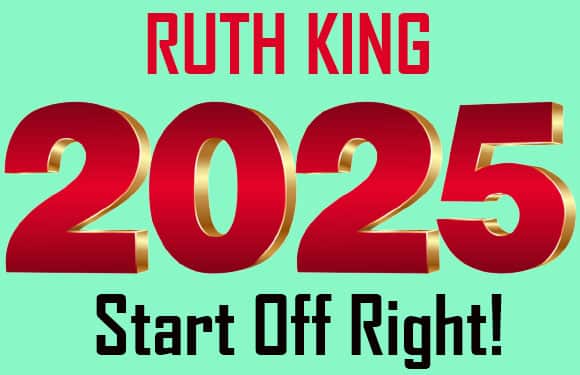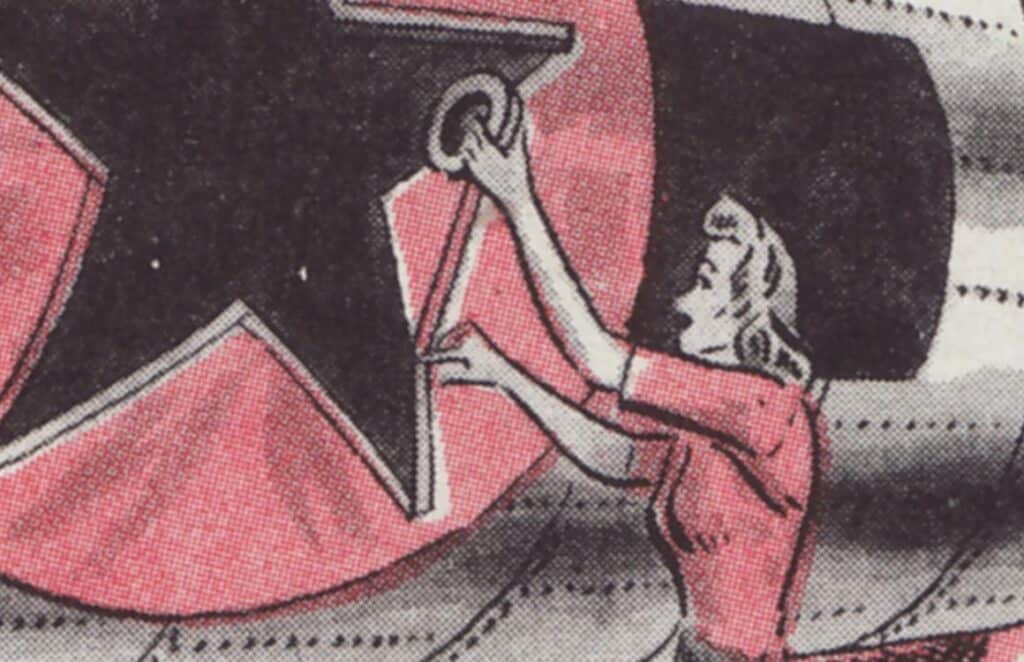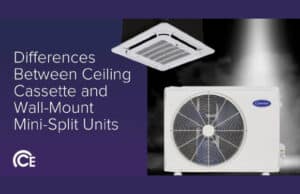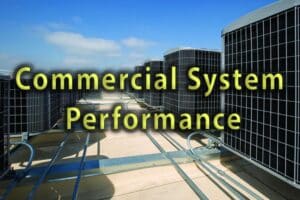 “Our gross margin is 60%. We’re doing really well.”
“Our gross margin is 60%. We’re doing really well.”
“What costs do you have in direct costs?”
“Just labor and equipment.”
“You’re missing a lot of cost that should go in direct cost.”
What did I mean?
Direct costs or cost of goods sold are costs incurred when you produce revenue. Many companies just include labor and equipment to produce a product or service. This is only part of the direct cost that should be shown on your profit and loss statement.
Overhead costs are costs incurred to stay in business. These include rent, utilities, etc. and must be paid whether or not you produce revenue.
One of the biggest mistakes is not including commissions in direct cost. Commissions are not paid unless a sale is made and revenue is produced. Therefore, it is a direct cost.
Another is forgetting credit card charges or financing fees. You don’t incur these costs unless you sell a product and a customer pays for it by credit card or finances the purchase.
Finally, you might have costs for shipping, permits, and warranty.
All of these costs go into direct costs which lowers your gross profit and gross margin.
What doesn’t go into direct cost? Unapplied time – labor for meetings, vacations, etc. Your customers won’t pay for this time.
What may go into direct cost? Some companies put truck expenses for field labor in direct cost with the reasoning that the technician can’t be without his truck. Personally, I don’t put truck or payroll expenses in direct cost. I price by overhead cost per hour and net profit per hour. The important number is what dollars amount flows to the bottom line…irrespective of where you put an expense on your P&L.
To be accurate, make sure that all of the direct costs you incur to generate revenue are in cost of goods sold or direct cost. Then you’ll have an accurate gross margin.
Over the next few weeks, I will highlight some of the dumb mistakes business owners make. By revealing this mistake to you, I know you WON’T make it.
This pricing mistake is one of the 101 Dumb Financial Mistakes Business Owners Make and How to Avoid Them. I wrote this book to help you NOT make the 101 dumb mistakes I wrote about. By avoiding them, you’ll be more profitable and build more wealth.
Click HERE to order the book on ruthkinghvac.com.
Want a financial statement review?
Every business, large and small, can benefit from taking a closer look at its numbers. We’re happy to do a quick review – showing you what appears to be good and some areas you might want to pay attention to. (This is where Financially Fit Business can help too). Click here for more information.
And, pass along this offer to your business friends and colleagues who could benefit from this review too!
Ruth King is well known as “The Profitability Master.” She is passionate about helping small business owners become profitable and stay profitable. For over 40 years she has coached, trained, and helped contractors and others achieve the business growth and goals they wanted to achieve.
Contact Ruth by emailing ruthking@hvacchannel.tv.
